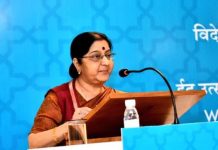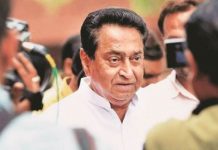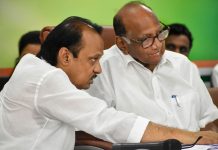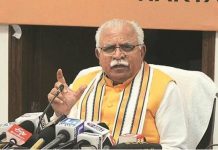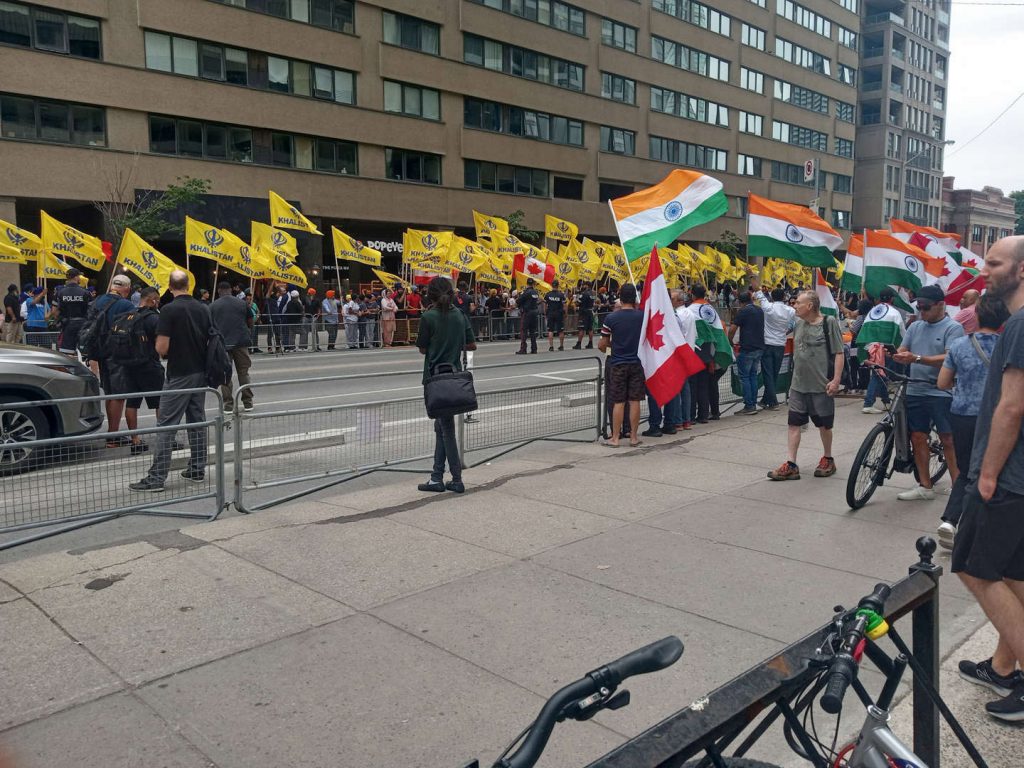
Finger pointing apart, there is not an iota of evidence to substantiate the charge that India’s security agencies are involved in any of the deaths of Khalistani terrorists which occurred in Pakistan, UK and Canada during the last six months or so. A report by Gopal Misra
There is no evidence to substantiate the charge that India’s security agencies are directly involved in eliminating some dreaded Khalistani terrorists in Pakistan, UK and Canada, except that the National Investigating Agency (NIA) has obtained video footage of the Khalistanis involved in the violence against Indian diplomatic missions in these countries.
The video footage is being used for identification of the separatists for deleting their names from the list of the People of Indian Origin (PIO) and also to attach their properties in India for indulging in anti-India activities.
The claim that India’s intelligence agency, Research Analysis Wing (RAW) has been instrumental in making the July 8 demonstrations across the continents announced by Khalistanis, a non-event or low-key programme needs to be studied further. The presence of a large number of Sikhs with other people of Indian origin countering the Khalistanis by waving tricolour in front of the Indian consulate at Toronto, has further eroded the claim of Khalistanis.
The presence of local police finally disheartened the demonstrators. They finally wrapped up their agitation on July eight.
The charge that India’s Deep State is being involved in tackling the Khalistanis could be traced to the recent killing of three dreaded terrorists in Pakistan, UK and Canada. Also, there were a series of meetings between India’s National Security Adviser Ajit Doval recently with his counterparts of UK and Canada on this issue. The possibility of a detailed plan for countering the separatist movement could not be ruled out. The separatists have resurfaced after a gap of nearly four decades, but they do not want the territories which were under Maharaja Ranjit Singh, but claim vast lands of Haryana and UP to be a part of the Sikh state. Meanwhile, the Modi Government has sought cooperation from the partner countries, especially USA, UK, Canada and Australia in tackling the recent movement of Khalistanis.
The Saparatist Movement
The Sikh separatist movement was initiated, during the tenure of PM Indira Gandhi in eighties. She was advised by Giani Zail Singh, who was later elevated as the President, for promoting the Khalistanis to politically counter Shiromani Akali Dal.
The proponents of Khalistan were so emboldened that they had made the basement of the Golden Temple in Amritsar, as their headquarters. The Khalistanis finally were evicted from the holy shrine, but during the military operation, a part of the temple was damaged, thus enraging the Sikhs, which eventually led to the assassination of Indira Gandhi.
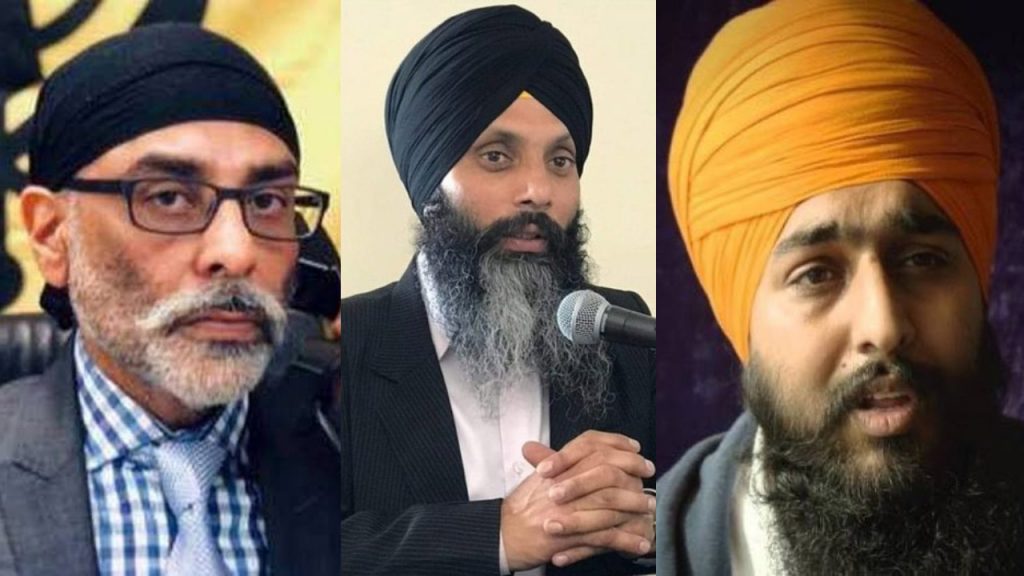
It is widely believed that the movement is being promoted by Pakistani intelligence agency, Inter-Services Intelligence (ISI) with its resources obtained through the drug trade. It is also quite known that the Khalistanis, who are active in Canada, do not have any professional education or skills, for obtaining jobs or setting up a business. They have been targeted by the ISI and with its help they have made Canada the epicenter of the Khalistani movement. They have also successfully made strong network of supporters to hold rallies in America, Australia, U.K. and Italy.
It appears that there is a belated realisation in India that the movement is being used and encouraged by Pakistan to use the agitators as a new offensive against India. It might also adversely affect her aspirations to have a pivotal role in geo-politics.
India has taken a number of measures for improving her economy and defence systems, especially when China, with its formidable economy is becoming more assertive in the world politics, especially in South Asia. It is already challenging the supremacy of the US-led western powers.
Indians detest deep state
In India, the civil society is not impressed with the reported move to use the Deep State comprising NIA, Raw and other investigative agencies against the separatists. They believe that instead of using them for tackling the separatist movement, the issue, if any, should be resolved by initiating political dialogue. The role of the agencies should be linked only to the job already assigned to them. There are reports that the Indian agencies are already in touch with intelligence agencies of the USA,UK, Canada, Australia and Italy, including CIA, FBI and MI-five.
It is also being stated that India should not hesitate in using its agencies against the ISI-sponsored separatist movement. The country has suffered in the past due to our reluctance to use their expertise. It is also being recalled that during the era of prime ministers like Atal Bihari Vajpayee and Dr. Manmohan Singh, the political leaders were reluctant to adopt any aggressive counter action against the Khalistanis and Islamic radicals.
Even during a crisis such as hijacking of Indian planes or attack on Parliament and Mumbai, the governments did not take effective steps against the hostile country i.e. Pakistan. It is quite known that following the hijacking of the plane with passengers in 1999, the request of the Special Forces of the Indian Army, specially trained to tackle such challenges, the then PM Vajpayee and his deputy, the Home Minister, L .K.Advani, developed cold feet in allowing them to rescue the Indian Airlines aircraft, IC-814, hijacked from Kathmandu, which was taken to Kandhar. Instead, the Indian government finally agreed to release Islamic terrorists, including Ahmad Omar Sheikh and Massod Azhar, who were also responsible for the attacks on Indian Parliament, Mumbai and Pathankot etc..
With India adopting tough posture, the recent upsurge of the Khalistanis in the western world, might not serve Pakistan’s anti-India designs.
Uzara Zeya’s Visit
Amidst these developments, the visit of an Indian-origin American diplomat, Uzara Zeya, under secretary of state for civilian security, democracy and human rights, is being noticed in India. The visit has suddenly gained importance, because she is well-versed about India. Her parents had migrated to the US from Bihar, and she has also served in the US embassy in New Delhi. Apart from meeting Tibetan leader, Dalai Lama, she would be meeting a number of NGOs and others engaged in the protection of human rights and other civil liberties. It is not known whether she would also be visiting Punjab.
It is being ruled out that at least for the present, Pakistan would not be able to harvest any political or diplomatic mileage from the Khalistani movement.
The recent recovery of huge quanties of drugs, estmated to be worth more than Rs 6000 crores, during the past two years off the Gujarat coast has already alerted the state as well as the Union Government. Since 2019, Jammu and Kashmir was in focus, and little attention was being paid to the separatists in Punjab. There was also laxity in India because it was being stated that the ISI, due to financial crunch, might not be able to initiate any mischief in Punjab. The assessment, however, has been proved wrong with the Khalistani movement resurfacing in Australia, U K., USA and Italy, perhaps reinvigorated by the drug money.
It is being rightly asked whether the Indian diplomacy has failed in tackling the Khalistanis threatening the security of Indian diplomatic missions in the West. It has also been pointed out that by engaging and giving a key role to the security agencies in tackling the Khalistanis, the weakness of the Indian diplomacy is being revealed. The Indian sources, however, assert that the Modi government has adopted a multi-pronged approach in tackling this menace. It is also stated that Modi has been personally coordinating the foreign office and the security agencies for curbing the menace.
The security around diplomatic missions in the US, Canada, Australia and UK has been beefed up following the circulation of the “Kill India” posters. A few posters are doing the rounds carrying the pictures of the Indian diplomats, whom they blame for death of Khalistanis ultras such as Hardeep Singh Nijjar and others.
The London metropolitan police has beefed up security at the Indian High Commission. The Indian High Commissioner, Dorai Swami, has also been given security cover.
The Indian diplomats assessed to be under threat include the Indian Ambassador to US, Taranjit Singh Sandhu, Consulate General at San Francisco, T.V Rajendra Prasad, Indian diplomats in Canada, Sanjay Kumar Verma, Apoorva Shrivastav, Indian High Commissioner in Australia, Manpreet Vohra and Consulate General at Melbourne, Sushil Kumar.
In spite of verbal assurances, the host countries have so far not cared to arrest the violent protesters or prosecute them.
……..
The Indian agencies, especially RAW, have been blamed for the recent death of three terrorists, the killing of chief of the Khalistan Commando Force, Paramjit Singh Panwar in Lahore, the death of Avatar Singh Khanda of Khalistan Liberation Force at a hospital in Birmingham, UK, and killing of Nijjar in Canada. Since Panwar was staying in Pakistan since 1995, he might have become a liability to his ISI handlers and was accordingly eliminated. Similarly, Khanda had taken political asylum in 2012 during the tenure of PM Manmohan Singh, too had become useless for the ISI handlers. According to the doctors, he died of blood cancer, but Khalistanis claim that he was poisoned. They quoted the statement of Ravi Singh of Khalsa Aid that he was quite healthy before his death. Hardeep Singh Nijjhar’s killing at a Gurdwara in Canada might have been shocking to the Khalistanis. There is also another dimension to the recent killings; since, their movement is being liberally funded by foreign agencies and drug money, the possibility of internal conflicts among them cannot be ruled out for a higher share in the ill-gotten money.
Meanwhile, in a recent video released on social media, Guptwant Singh Pannu, a Khalistani separatist spearhead and the president of the Sikhs for Justice, was seen standing before the massive UN headquarters at New York. It has caused confusion about his whereabouts. Earlier, it was claimed that he died in a road accident on July five on Highway 101 in the USA.
In 2020, the Indian government had declared him as a designated terrorist.








